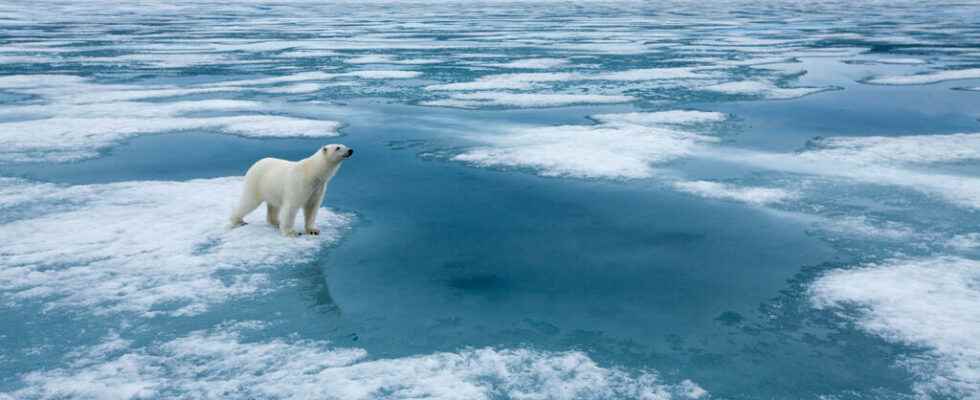In a study to be published this Wednesday, March 15, scientists explain that it is possible to preserve the sea ice in the Arctic Ocean on condition of acting against CO2 emissions but also methane, a powerful greenhouse gas.
If current policies on greenhouse gas emissions do not change, there will soon be no more sea ice in summer in the Arctic Ocean, a consequence of global warming on the planet.
According to scientists from the NGO Environmental Defense Fund Europe, the sea ice during the summer could have disappeared in barely sixty years. Such a phenomenon would have major consequences, particularly geopolitical, because there would be a new maritime space to conquer.
The environmental consequences would be just as dire, with the possible disappearance of polar bears and other animals dependent on this vast sea of ice to survive. An even faster rise in temperature of the ocean and therefore an impact on marine life and rising sea levels would also be to be feared.
The agricultural sector, the main emitter of methane
However, the researchers believe that it is possible to save some of this precious pack ice. But what to do about CO2 emissions with the objectives set today will not be enough.
We also need to limit methane emissions, and the sooner the better. This gas is responsible for about 30% of global warming, according to the United Nations Environment Programme.
The agricultural sector, with in particular cattle flatulence, as well as the extraction and transport of fossil fuels, is the main emitter of methane. It is therefore possible to act quickly: by improving the diet of cows or by limiting our use of oil and gas, says the NGO.
► Also to be heard: Climate change and international relations
